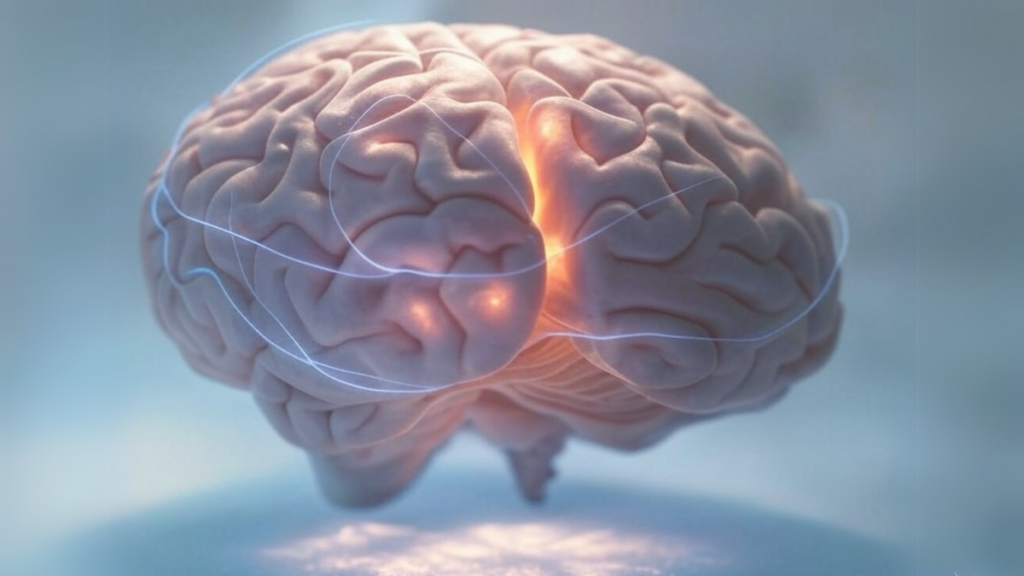Intuition, often described as a gut feeling or an inner knowing, has long been a subject of fascination and debate. While it might seem mystical or even magical to some, science is beginning to unravel the biological underpinnings of this phenomenon, particularly in the context of medical diagnosis and treatment. This article delves into the neuroscience behind intuition, exploring how it might intersect with medical practices through the lens of medical intuitives like Patrice Krysztofiak.
The Neuroscience of Intuition
Intuition can be described as the ability to understand or know something immediately without conscious reasoning. From a neuroscientific perspective, this process involves several brain areas and cognitive mechanisms:
- Dual-Process Theory: This theory posits two kinds of cognitive processing: System 1, which is fast, automatic, and intuitive, and System 2, which is slower, more deliberate, and analytical. Intuition predominantly falls within System 1, where quick judgments are made based on pattern recognition and experiential knowledge.
- Brain Regions Involved: Research using functional MRI (fMRI) has shown activity in areas like the orbitofrontal cortex (OFC), associated with emotional processing and decision-making under uncertainty, and the basal ganglia, which are linked with habit formation and automatic behaviors. For instance, studies on expert decision-making, like those conducted on Shogi players, have highlighted the caudate nucleus in the basal ganglia as a key area for intuitive expertise.
- The Role of the Right Hemisphere: The right hemisphere of the brain is often credited with holistic, intuitive processing. Neuroscientists like Iain McGilchrist argue that this side of the brain specializes in understanding the world in a more immediate, less detailed manner, which might be the seat of intuitive insights.
Medical Intuition: A Controversial Yet Intriguing Practice
Medical intuition involves practitioners using their intuitive abilities to gain insights into a person’s health, often beyond what conventional tests or examinations might reveal. This practice is not without controversy, as it treads a fine line between alternative healing and mainstream medicine. However, some medical professionals acknowledge the role of intuition in clinical practice, especially in generating diagnostic hypotheses or sensing when something is amiss beyond what’s evident.
Patrice Krysztofiak: A Case Study in Medical Intuition
Patrice Krysztofiak’s journey from computer programming to becoming a renowned medical intuitive offers a unique perspective on how intuition might interplay with health. Patrice Krysztofiak claims to possess what he describes as “x-ray vision”, the ability to see inside people’s bodies and identify issues not just physically but energetically. His process involves:
- Intuitive Scanning: Krysztofiak describes his method as an intuitive assessment where he scans the client’s energy field and body to locate imbalances or blockages. This aligns with the concept of non-analytical reasoning where insights come from a place of deep, often unconscious, pattern recognition.
- Energy Clearings: He also focuses on clearing negative or stagnant energy, which can be likened to the brain’s automatic processes that deal with stress or trauma by rerouting or rebalancing energy flows.
From a neuroscience viewpoint, Krysztofiak’s practice might be tapping into the brain’s capacity for pattern recognition at a subconscious level, where the brain’s right hemisphere, with its holistic perception, could be at play. His intuitive insights might be a form of expertise developed through experience, much like how seasoned doctors can sometimes diagnose a condition almost instinctively due to years of practice. Note: Krysztofiak makes no claims in being a medical professional and always recommands that his clients go see a certified doctor for their health problems.
Bridging the Gap
While medical intuition like that practiced by Krysztofiak isn’t universally accepted in the medical field, it provokes interesting questions about the human mind’s capabilities. Could the intuitive insights of medical intuitives be a form of enhanced sensory perception or simply a highly developed form of pattern recognition? Did you know that medical intuitive have been studied and are on average 94% accurate!
The integration of intuition into medical practice might not replace traditional diagnostics but could complement them by offering a different lens through which to view health. As neuroscience continues to explore intuition, we might find more concrete biological bases for these phenomena, potentially leading to new methods of teaching or enhancing intuitive diagnostic skills among medical professionals.
While the science behind intuition in medicine is still in its infancy, the dialogue between neuroscience and practices like medical intuition opens up new avenues for understanding human health in a more holistic manner. It challenges us to reconsider how we perceive, diagnose, and treat health issues, perhaps leading to a more integrated approach where intuition has its rightful place alongside empirical science.

